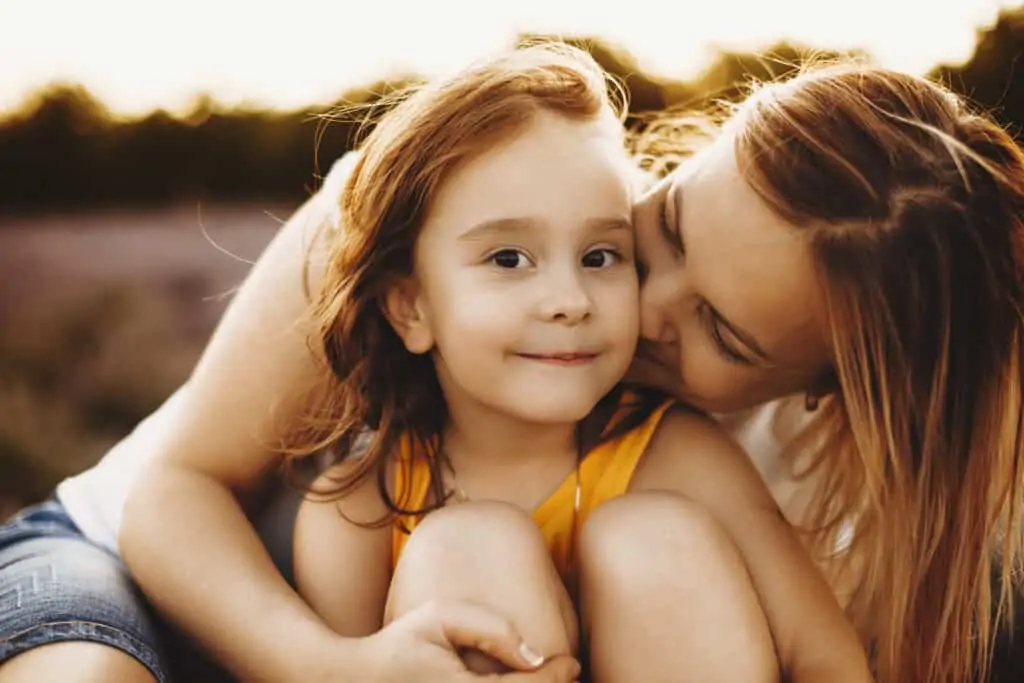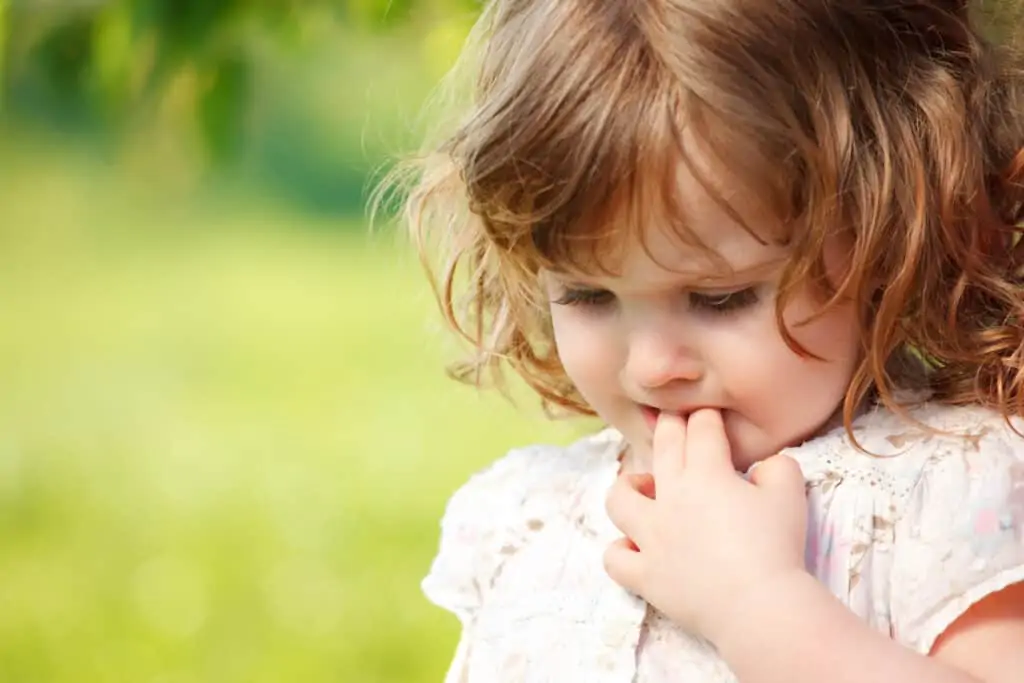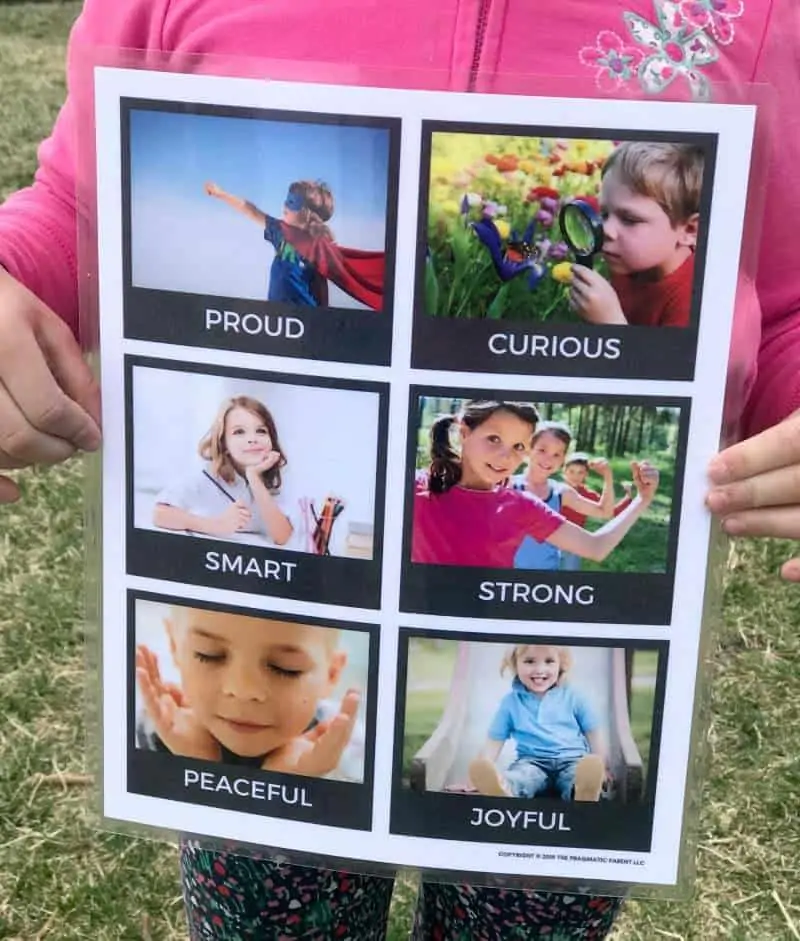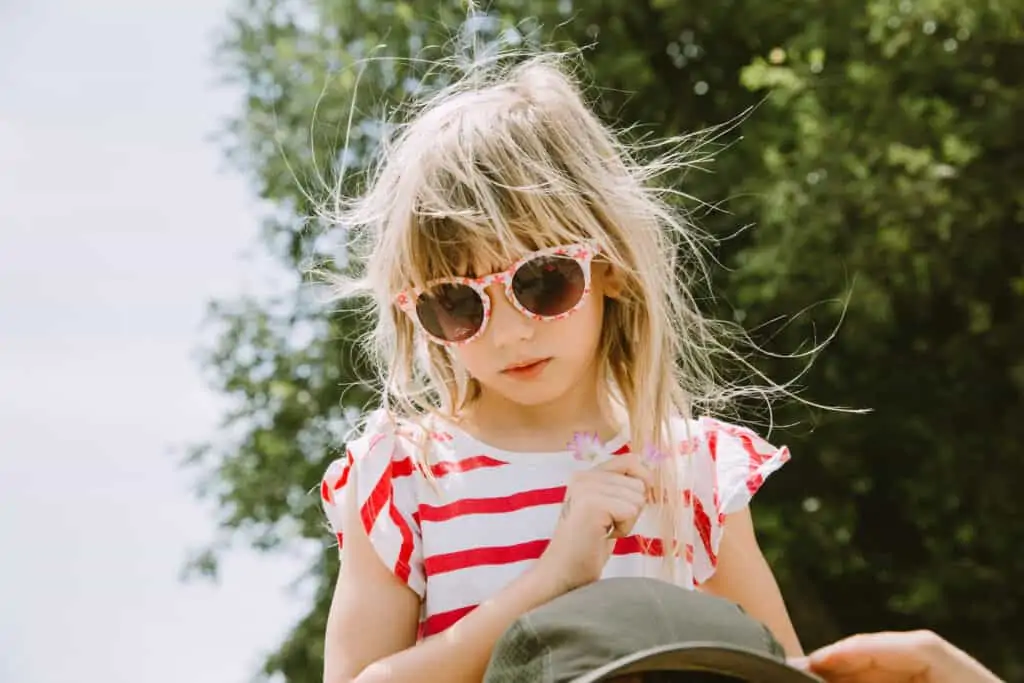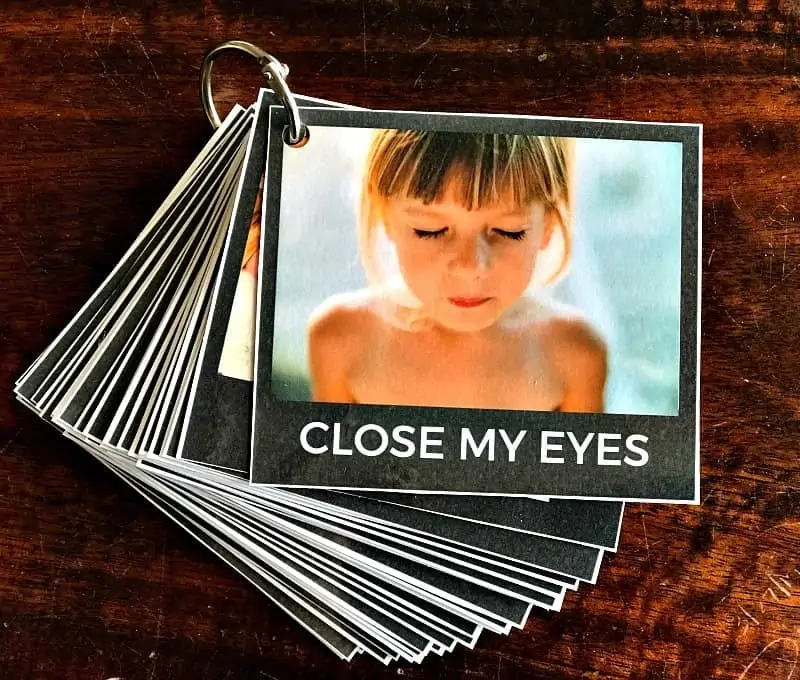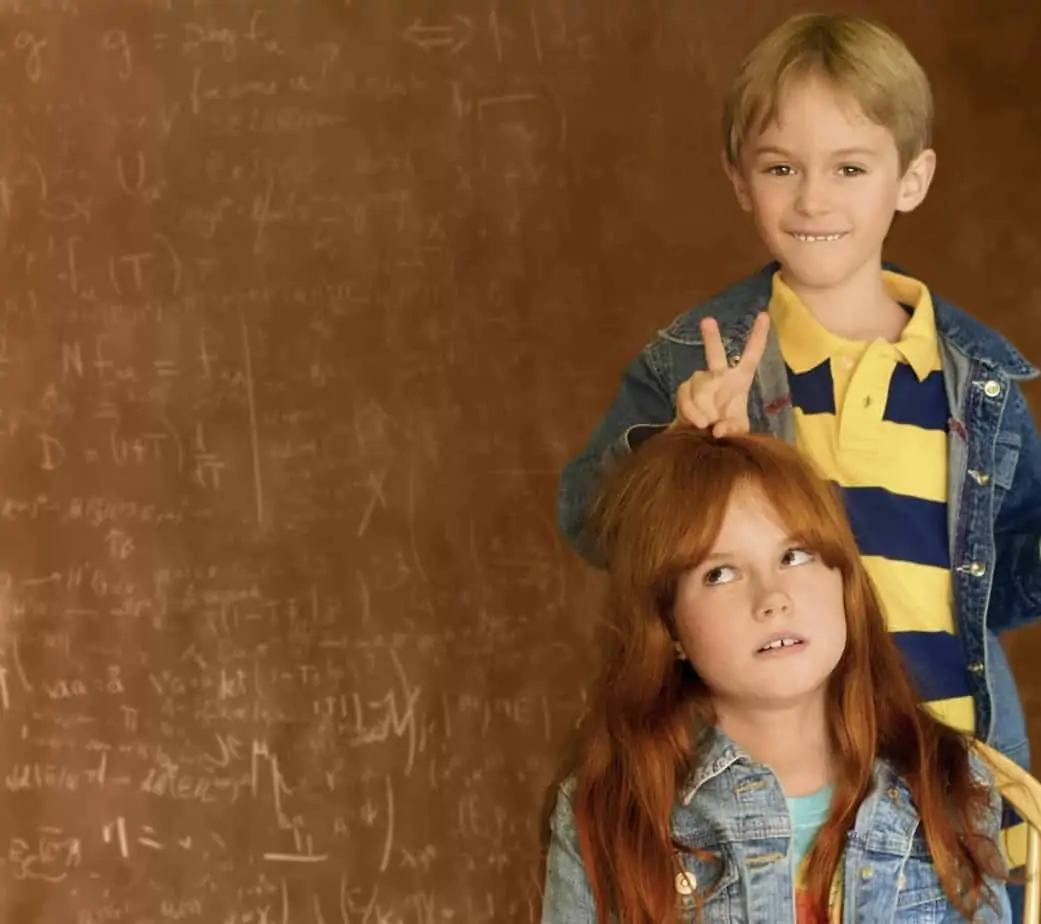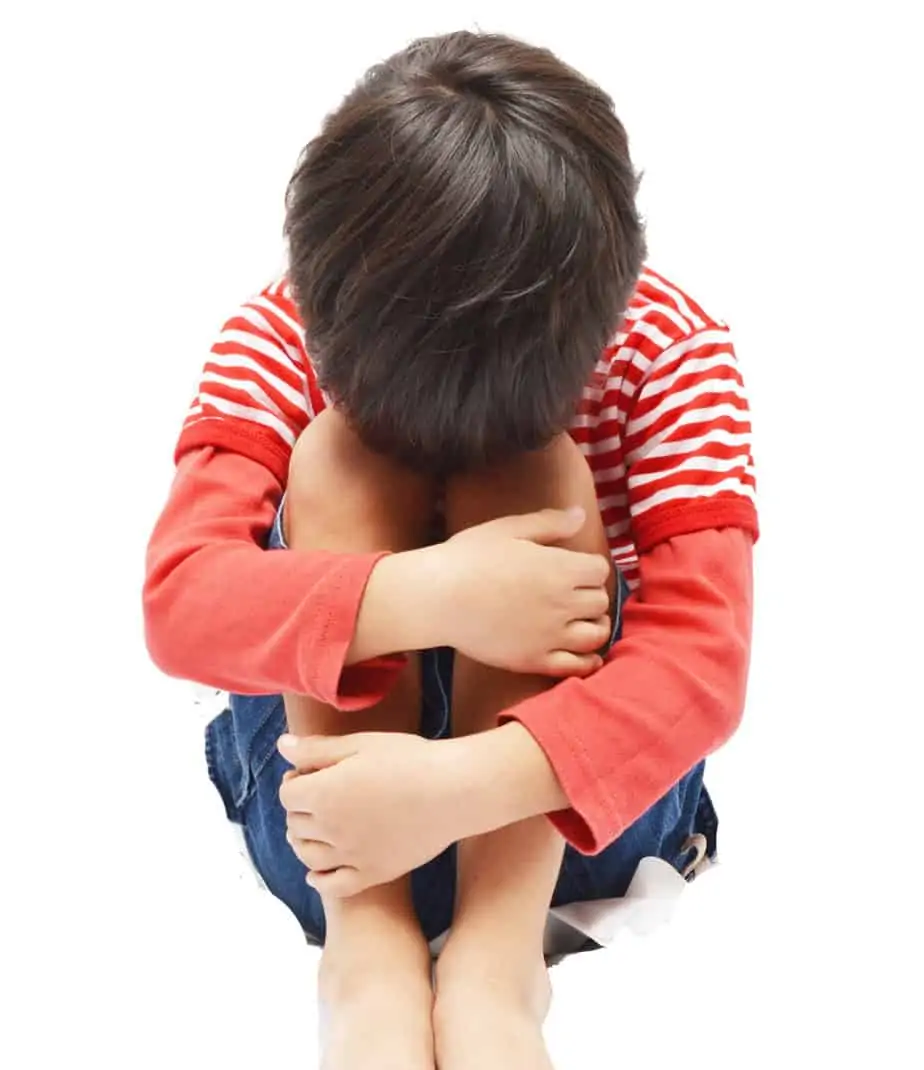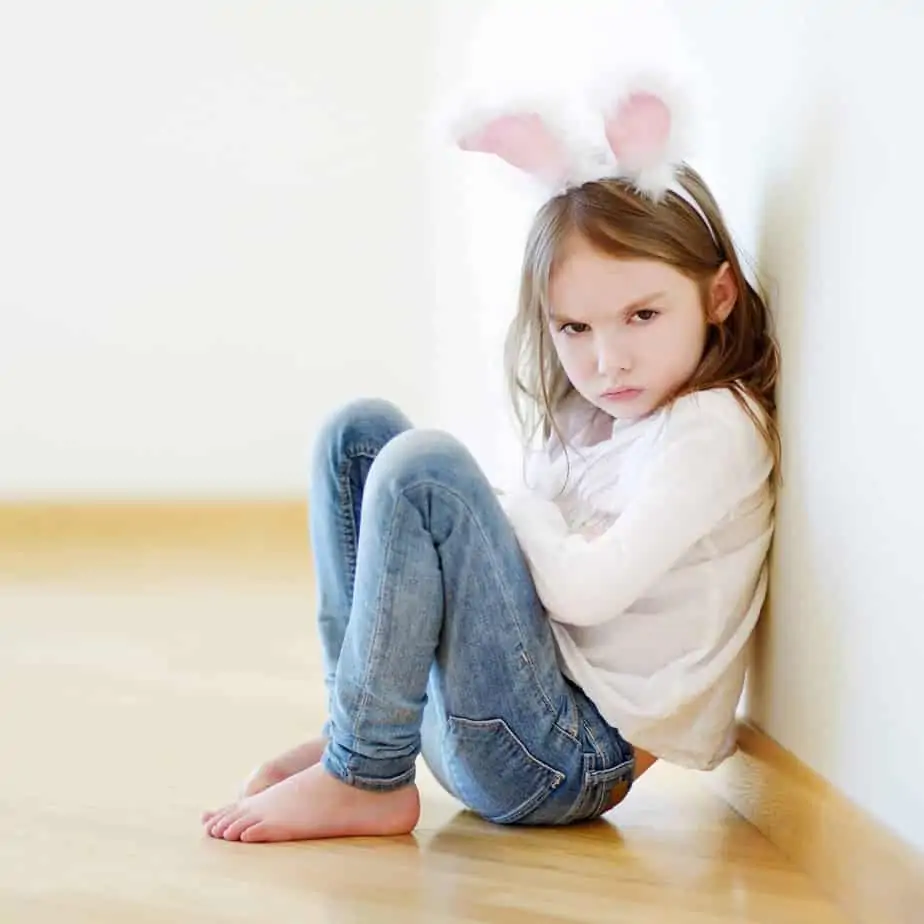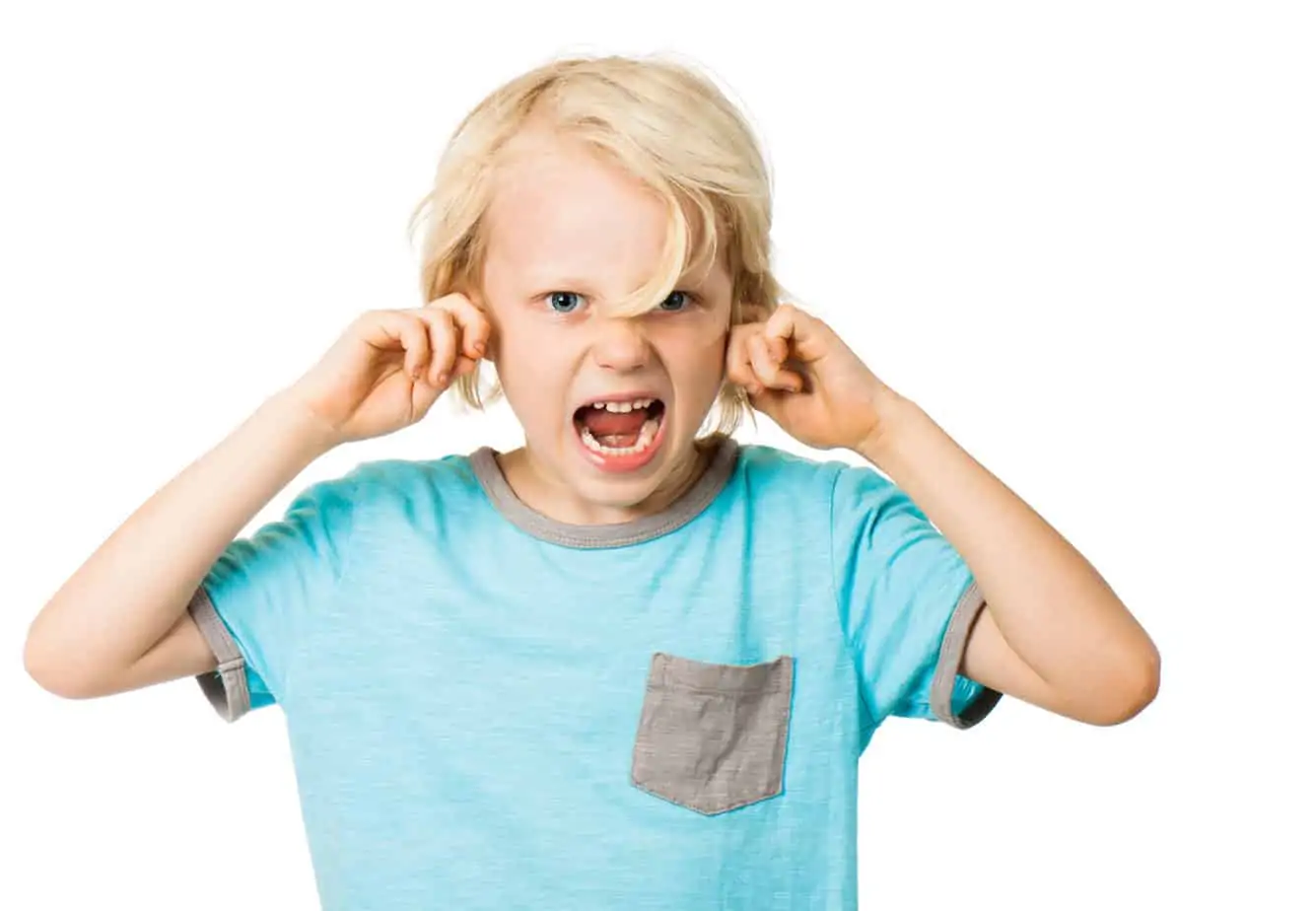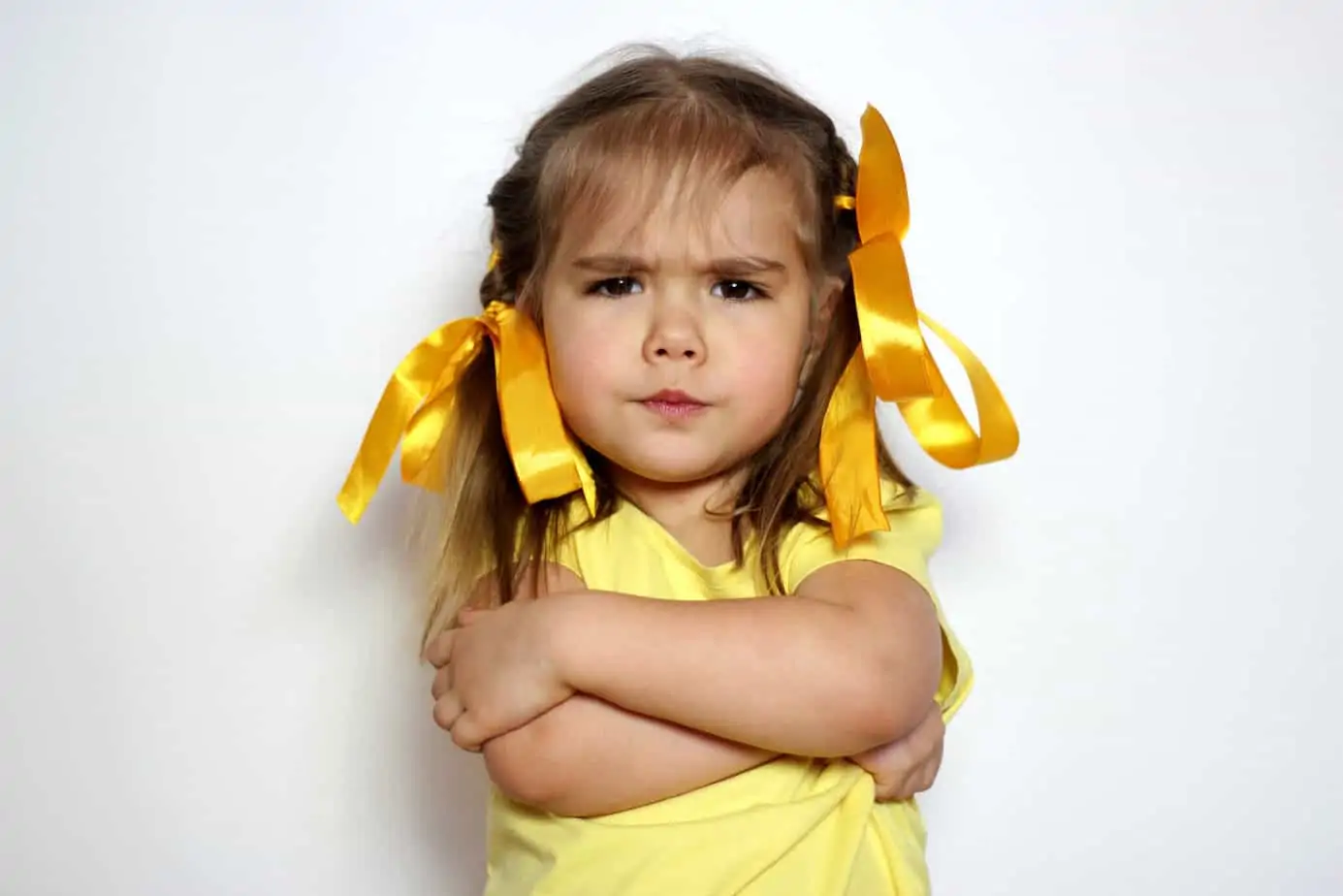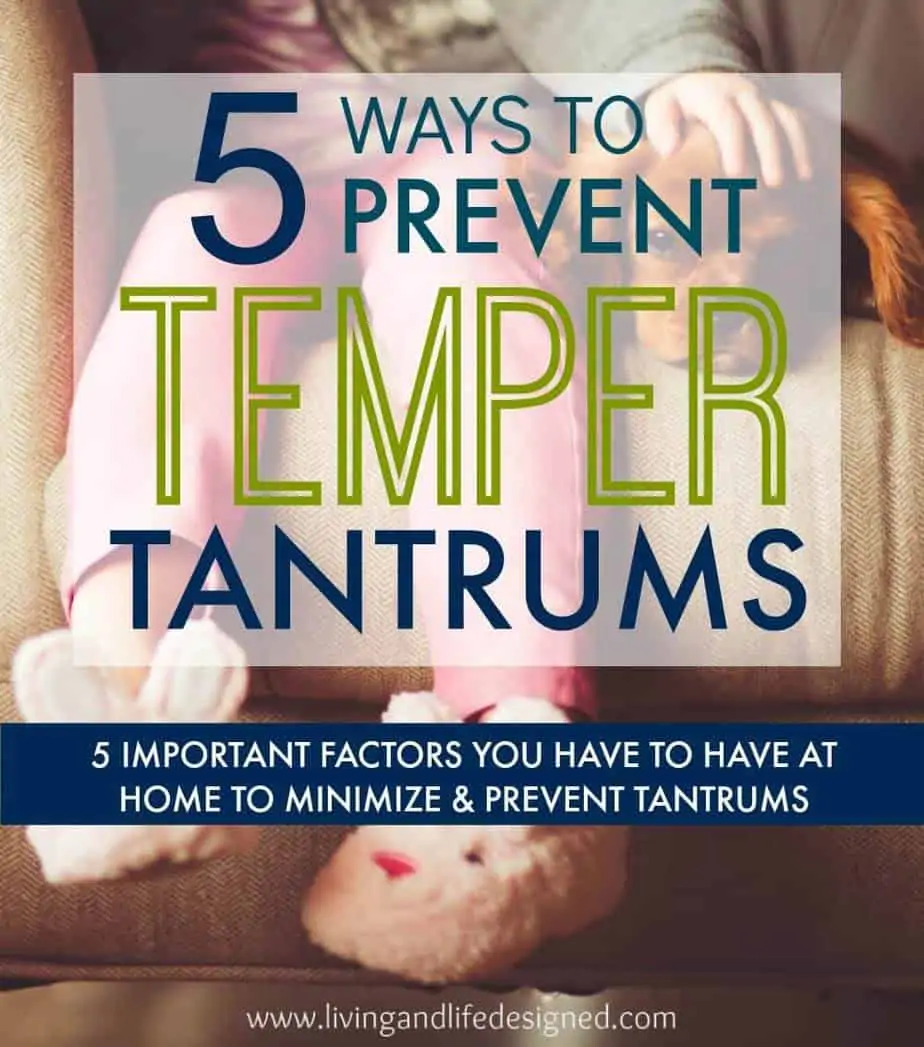Teaching feelings & helping kids express their emotions builds lifelong emotional intelligence. Start teaching toddlers emotions and expressing themselves. Plus, why emotion picture cards and calm down picture cards are game changers to teaching emotions and finding healthy ways to calm down.
Emotion identification tools help kids identify, name, communicate their feelings and what’s going on under the surface instead of covering them up in other ways.
Teaching Feelings is Important to Building Emotional Intelligence
Oh the emotions.
Such big, big emotions that come from such little bodies.
The early years are a critical time for children’s development, and as they learn about the world around them, theres equally a lot of discoveries and new feelings going on inside.
Children aren’t born with the innate ability to identify their emotions and communicate their feelings for a couple reasons:
- They don’t know how to identify one emotion from another (or even what an emotion is!),
- They don’t have the words for what they feel because emotional intelligence is a learned skill, and
- Brain development tells us self control doesn’t begin forming until the upper brain starts to develop around the age of 7 and doesn’t fully mature until around the age of 24. Little kids literally can’t stop themselves in the middle of a tantrum, outburst or when they’re upset.
I know for me, when my twins turned four, how quickly they could feel emotions and show me, was one of the hardest parts to understand. When all seemed right, one trigger could cause my son or my daughter to melt into a puddle of tears, or turn into a velociraptor in moments.
Here’s the thing I’ve learned along the way.
Emotions are complex and for young children who are trying to understand all about their feelings and how to express them in an appropriate way, navigating these complexities is not easy.
Emotion identification tools help kids identify, name, communicate their feelings and what’s going on under the surface instead of covering them up in other ways.
Want Help Supporting Your Child’s Big Emotions? Check Out These Resources:
Teaching Toddlers Emotions Starts at Home
As a result of navigating all the complexities of emotions, toddlers and young kids tend to vent their feelings in big ways – through emotional outbursts, difficult behavior and then afterwards, seem to have a hard time calming down from their heightened feelings.
According to brain development, the upper brain (the part of the brain that helps a person self regulate and think rationally) doesn’t even begin to develop until the age of 7, but won’t fully mature until the age of 24 (approximately.)
This means, particularly for toddles, they don’t have a shut off switch and you can’t reason with them when they’re having a tantrum or outburst.
The thing is…
Adults are the most important guides when it comes to teaching toddlers about emotions.
As adults, we can understand and express out emotions appropriately, and when we spend time with our children, we can think of ways to talk about, teach, recognize and model how to name and express our feelings – and theirs as well – in healthy ways.
Teaching emotions is a learning experience in identifying and expressing their emotions and while it can feel challenging at times, especially when you’re waiting through another emotional outburst in the parking lot of Target.
The good news is that emotional intelligence is a life long skill that will help you child for decades to come, so if you put in the work now, it’ll keep paying off for their entire lifetime.
Here are some things you can do to help your child learn and understand their emotions better:
Related: Read more about the three stages of brain development in this article on brain science.
6 Steps to Teaching Feelings & How to Help Kids Express Their Emotions
1. Talk About Your Own Feelings
Have you ever heard the expression, “you have to walk the walk to talk the talk.”
In other words, the best way to teach your children to express their feelings, is to set a good example yourself. Start by talking about your own feelings.
Modeling healthy emotional expression means you verbally talk out loud about your own feelings and behavior as you experience them.
- “I feel frustrated when we’re running late.”
- “I feel sad when you tell me mean things”
- “I feel proud that the article I wrote was published in a magazine.”
- “I’m feeling really angry right now so I’m going to go outside for a few minutes. I don’t want to say something I don’t mean or that could be hurtful.”
- “I feel excited about my 5K time because my hard work paid off!”
Using I feel statements helps your child see your behavior, notice your expression and register the feeling that connected them together. This is the start to building emotional intelligence.
When your child sees you being open about your feelings, it encourages them to express themselves too.
We use these Emotion Picture Cards in our house to help teach feelings too. I started by pointing out my own feelings using the picture cards, but now my kids use them to communicate with each other, with me and also to help them recognize what they’re feeling if they don’t have the right words to explain it.
Sometimes all they do is show me a card so I know what they’re feeling. Often when they’re experiencing heightened emotions, they don’t want to talk about it right away, so this has been a helpful communication tool.
They’ve been a miracle worker for teaching emotions and keeping the lines of communication open!
Related: Help Your Children Understand Emotions and Develop the Emotional Intelligence They Need
2. Help Them Untangle & Label Their Emotions
Emotions are like a foreign language to a child, but the more you go through your daily life helping to label your child’s feelings, the more they’ll be abel to untangle their emotions and name them on their own.
Emotion identification tools help kids identify, name, communicate their feelings and what’s going on under the surface instead of covering them up in other ways.
- “It looks like you’re feeling sad your friend didn’t want to play.”
- “It sounds like you’re upset we have to leave the park to go home for dinner.”
- “I think what you’re feeling could be jealousy because your brother wants to play with the neighbor and not you. Is that right?”
- “You look pretty excited you aced your spelling test.”
- “You’re so proud you caught the baseball!”
Related: Parents: 5 Steps to Teach Kids How to Manage Big Emotions (Free Printable)
3. Talk & Game Plan About Healthy Ways to Express Emotions
It’s also important to create opportunities for you and your child to come up with alternative solutions to expressing emotions instead of throwing things, hitting, having a tantrum, etc.
You can start the conversation by using your own behavior as an example so they understand how to find healthy ways to express their emotions.
- “Remember when I was really stressed out yesterday because we were running late for the doctor’s appointment. When I get stressed out, I like to take deep breaths and close my eyes for a few seconds. This helps me to calm down.”
- “Remember when I yelled yesterday because I was on the phone and it was really loud in the house?” I should have taken a deep breath, asked you to go outside to play or stepped outside myself, instead of yelling. That wasn’t the right way to handle the situation.”
Now it’s time to turn it back on your child. Here are some ideas to get you started:
- “I know you’re frustrated because you want to go outside and play, but first we need to clean up our mess in the house. What can we do to speed things up? Do you think you can ask for help or ask to turn on a song so you can clean up to music?”
- “You are jealous because your sister went to play with a friend and you feel left out. Instead getting upset, is there anyone you want to play with or do you want to ask me or your Dad to do something with you?”
- “Your sister is upset because she bumped her head. How do you think she feels? Do you know any way to help her feel better?
- “I’m sorry I yelled at you when you didn’t clean up your room. I was frustrated because we had guests coming over for dinner, but yelling doesn’t solve anything. Next time, we’ll set aside an extra 10 minutes to make sure our rooms are cleaned up on time.”
Related: Handling Toddler Tantrums: Big Emotions & Helping Your Toddler Feel Heard
4. Praise When Your Children Handle Their Feelings in a Healthy Way
Teaching emotions, especially to toddlers, can be a challenge. The one thing you want to avoid is discipline methods or shaming to correct your child’s misbehavior, as this does nothing to help them deal with their emotions.
When you resort to these methods – time outs, consequences, and shaming – it only teaches a child to bottle up their emotions until they get to the point of exploding through a meltdown, tantrums or outbursts at home, in public or at school.
Instead, teach them appropriate ways to express themselves.
Tip: The Calm Down Toolkit helps kids develop calm down strategies and self-regulatory methods that work best for them, including mindful breathing and tracing patterns.
Using shaming phrases sends the message that feelings are bad and should be hidden.
Avoid Phrases such as:
- Don’t cry
- Why are you crying
- What are you crying for
- Stop doing that
- Don’t be a baby
- Don’t act like a baby
Praise your child when they handle their feelings constructively.
- “I noticed how you walked away from the table when Cooper said something that made you mad. Instead of reacting, you made a really good choice to walk away.”
- “I’m really proud of the way you talked about your feelings when Juliette said something mean at dinner. You did the right thing.”
Pay attention and point out how proud you are when your child choses a healthy way to express themselves.
Instead of using punishment or shaming language, do help your child to process and manage their emotions in positive ways until they’re able to do it on their own.
Calm down picture cards gives children the choice about how they want to calm down. There are 30 gentle and healthy ways to calm down for kids to choose from depending on what they want and feel they need at the time.
Related: Create a Quiet Spot at Home For Your Child to Calm Down
5. Regulate Your Response to Situations
You can show how to set things right when you do react instead of respond.
When you as the adult, are able to regulate your own response to situations, you model feelings management for your children.
Think of what happens when you raise your voice and yell. Does it make the situation around you escalate? Does your child yell back or burst into tears?
Using big emotions to combat big emotions only makes for an explosion.
Before you react to a situation or emotions, make sure you have control of your own emotions before you react. It’s OK to explain that sometimes you need a quick break before you can respond, so you don’t say or do something you’ll later regret.
Related: New Ideas to Help You Practice Calm Parenting & Stop Yelling When You Feel Mad
6. Connect With Your Children
Studies have proven that the more children feel connected to their parents, the more they are able to regulate and deal with their emotions in healthy ways.
When you notice your child getting upset, the best thing you can do for them is to practice empathetic listening, use nonjudgmental communication and make them feel comfortable expressing their emotions.
Try putting yourself in your child’s shoes and seeing the world from their perspective. This will help you understand the reason behind the meltdown, and to respond empathetically.
In fact, experts recommend that we hug our children during these tough times, because of the benefits it provides in regulating their emotions.
Child Emotion List
Emotions are complex and with so many of them, it just adds to the tangled feelings children have. These are the 42 most common emotions toddlers and young children show. (All 42 emotions are used in the Emotion Picture Card set too!)
- Silly
- Shy
- Excited
- Loved
- Confident
- Happy
- Proud
- Curious
- Smart
Strong - Peaceful
- Joyful
- Sassy
- Want to be Alone
- Angry
- Sad
- Want to Quit
- Jealous
- Left Out
- Frustrated
- Tired
- Embarrassed
- Nervous
- Worried
- Confused
- Scared
- Grumpy
- Mean
- Hurt
- Lonely
- Annoyed
- Disappointed
- Bored
- Ashamed
- Stressed
- Sick
- Unheard
- Hopeless
- Hungry
- Defiant
- Bullied
Related Resources for Teaching Emotions & Emotional Intelligence:
- 7 Ways to Help Kids Identify Feelings & Control Emotions
- Handling Toddler Tantrums: Big Emotions & Helping Your Toddler Feel Heard
- Parents: 5 Steps to Teach Kids How to Manage Big Emotions (Free Printable)
- 6 Ways to Help Children Identify & Express Their Emotions
- Stop Power Struggles with Kids & Deal with a Disrespectful Child
- 5-Steps to Control Your Anger with Kids & Stay Calm
- 12 Ways to Calm an Angry Child & The Brain Science Behind Outbursts
Want even more?
Shop All Parenting Resources
Shop all of our parenting resources from self-regulation tools and managing big emotions to building self esteem and confidence. There are resources for all seasons of life!
